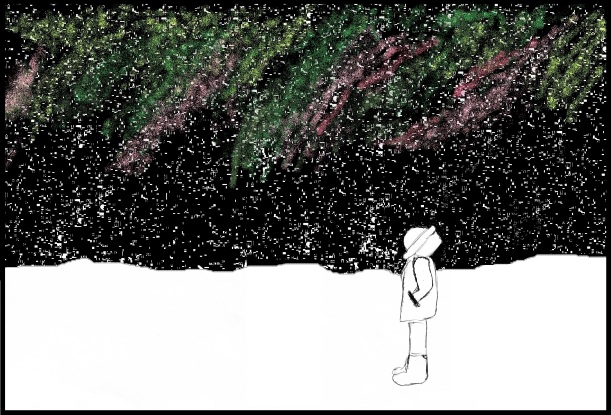
You may have seen in the news recently that scientists analyzed the DNA in Beethoven’s hair. The stories seemed to be bit short on details. But I just found one that provided more insight, and you can read it here. If you want to read the full original scientific paper, you can find it here.
Here are some interesting take-aways I got from reading these articles.
The claim that Beethoven’s deafness was caused by lead poisoning, possibly from the cup he drank from, is now in question. This claim was based on an earlier study of a lock of hair known as the Hiller lock. It turns out that the Hiller lock is not Beethoven’s hair. How do we know? In the current study, eight hair samples were examined that were claimed to be from Beethoven. Five were from the same person, and study of the provenance (the chain of ownership from origin to now) of these samples indicates that they are likely to be authentic Beethoven samples. The Hiller lock, the basis for the lead poisoning claim, was not among these five. In fact, scientists found out that the Hiller lock came from a female. So, two of the eight hair samples were from people who were not Beethoven, and one was so poorly preserved that results were inconclusive. The current study is based on the five matching samples.
Beethoven’s genealogy on paper does not match his DNA genealogy. The DNA of relatives of Beethoven who are currently alive, whose relationship to him was established using legal records, was compared with Beethoven’s DNA. It turns out they are not genetic relatives of Beethoven. The discrepancy appears in Beethoven’s paternal line, although it is not clear when it happened. This was described as an “extra-pair paternity event.” What this means is that a male ancestor of Beethoven’s may have been the result of an extramarital affair. Scientists could not determine the identity of the unexpected ancestor.
The exact cause of the Beethoven’s persistent gastrointestinal problems is still unknown, but some disorders have been ruled out. Beethoven frequently commented about the misery he was in due to gastrointestinal problems. Scientists were able to determine that celiac disease, lactose intolerance, and irritable bowel syndrome were not probable causes.
Scientists found genetic risk factors for liver disease and an incident of hepatitis B. Historically, it has been thought that Beethoven suffered from liver disease and died of cirrhosis. Risk factors for liver disease were found in his DNA, as well as evidence (in the hair itself) of hepatitis B infection. The authors of the study also cite Beethoven’s alcohol consumption as a contributing factor to his liver dysfunction.
It is possible that advances in DNA analysis will yield more information in the future. And you can’t help but wonder if similar studies could be done on locks of hair from other historical persons (once they’re authenticated, of course). One late-night TV host suggested cloning Beethoven in Jurassic Park fashion!
Even if it were possible, the cloned Beethoven would never create the masterpieces of the original Beethoven. Cloned Beethoven would live in the 2000s, not the 1800s, absorbing the influences and knowledge of the time that has passed since his predecessor (including the changing opinions about his predecessor’s works). The works of each would be influenced by their life experiences, good and bad.
We sometimes think of Beethoven as a brooding figure, scowling at us from portraits. What if he were light-hearted? Can you picture Beethoven laughing? With that in mind, here is a Beethoven confection, Andante Favori in F WoO 57 played here by Balázs Szokolay.
Want more? See my post on Beethoven’s Cavatina, or Haiku Wednesday: Beethoven.





